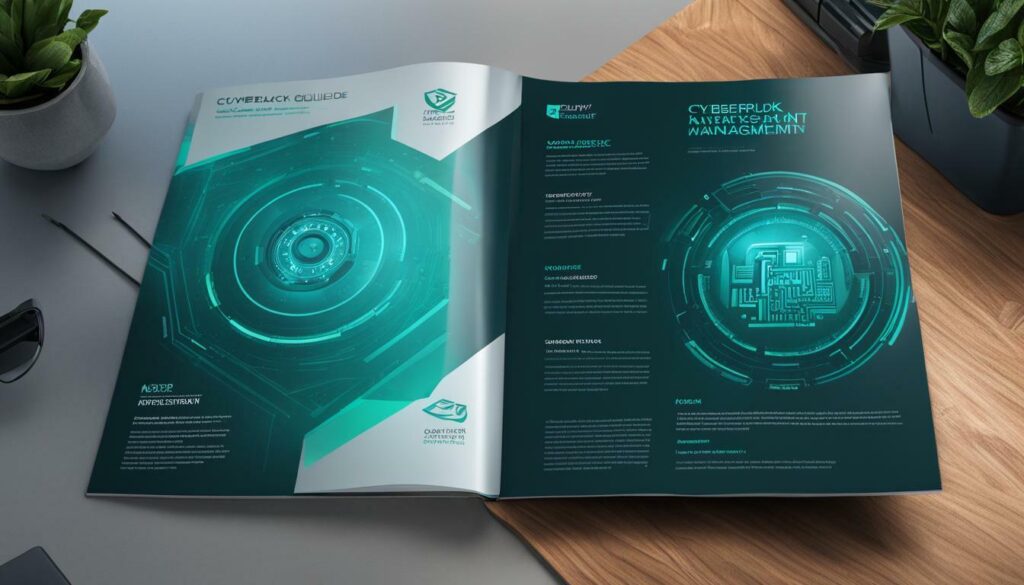Role-Based IAM plays a critical role in strengthening security infrastructure through effective access management and permission protocols. By implementing best practices, solutions, and policies in IAM, organizations can ensure robust security measures and mitigate potential risks. This guide will explore the significance of Role-Based IAM, its benefits, and the key steps for successful implementation and policy development. Key Takeaways: Role-Based IAM enhances security through access management and permission protocols. Implementing IAM best practices, solutions, and policies is crucial for a robust security infrastructure. Successful IAM implementation requires careful consideration and adherence to specific requirements. IAM frameworks provide a comprehensive structure…
Author: Christoph
Welcome to the Master IAM Policy Templates: Secure AWS Management Guide, your go-to resource for securing your AWS management using IAM policy templates. In this comprehensive guide, we will provide you with essential information and best practices to effectively navigate and protect your AWS resources. Identity and Access Management (IAM) policies play a crucial role in defining permissions for identities and resources in AWS. These policies are stored as JSON documents attached to IAM identities. It is recommended to use temporary credentials, such as federated access with an identity provider or IAM roles, for human users and workloads accessing AWS…
Network security is a crucial aspect for small and medium-sized businesses (SMBs), and implementing an Intrusion Detection System (IDS) is essential for enhancing cybersecurity. In this ultimate guide, we explore the importance of IDS for SMBs and how it can enhance network security. Discover the benefits of implementing IDS solutions specifically designed for SMBs. Key Takeaways: An Intrusion Detection System (IDS) is crucial for SMBs to enhance network security. Ransomware, zero-day vulnerabilities, data breaches, and phishing attacks are major network security threats faced by SMBs. Prioritizing employee training, implementing multi-factor authentication, and conducting regular vulnerability assessments are essential for SMBs.…
Endpoint SIEM integration is a crucial step in maximizing the potential of SIEM technology, offering enhanced security and improved threat detection and response. SIEM, which stands for Security Information and Event Management, is a cybersecurity solution that centralizes data collection and analysis to identify patterns of behavior and prevent security threats. By integrating SIEM with endpoint solutions, organizations can unlock the full potential of this technology and enhance their cybersecurity posture. Key Takeaways: Endpoint SIEM integration is essential for maximizing the potential of SIEM technology. SIEM centralizes data collection and analysis to provide a comprehensive view of an organization’s security…
As a remote worker IAM in the United States, mastering your career requires implementing effective strategies and taking advantage of the numerous benefits associated with remote work. Proper training, mentorship, and a focus on career growth are essential to thrive in this unique work environment. While remote work offers flexibility and freedom, it also requires proactive measures to ensure productivity, communication, and overall well-being. Many companies in the US have struggled to provide adequate training and support to their employees for years, and remote work is no exception. To succeed as a remote worker, it is crucial to embrace asynchronous…
In today’s digital landscape, it is crucial to comprehend the distinctions between IAM (Identity and Access Management) and SSO (Single Sign-On) as security solutions. IAM and SSO play essential roles in controlling access to cloud resources and connecting users to web applications, respectively. However, it is important to note that SSO is just one component of an IAM strategy. IAM serves as a comprehensive framework for managing user identities, authentication, and authorization across various IT resources, including cloud platforms. It allows organizations to control and manage access to sensitive data and resources, ensuring the right individuals have the right level…
Identity and Access Management (IAM) is crucial for organizations to meet compliance and regulatory requirements and secure their data and assets. An effective IAM strategy involves a comprehensive framework of policies, procedures, and technologies that regulate resource access. Audit and reporting in IAM are important for enhancing security and compliance measures, improving efficiency, and supporting decision-making. Professionals involved in IAM audit and reporting require IAM proficiency, data analysis and visualization skills, effective communication and collaboration abilities, and problem-solving skills. The tools required for IAM audit and reporting include comprehensive software or cloud-based systems like Microsoft Azure Active Directory and standalone…
False positives in intrusion detection systems (IDS) can significantly impact network security and must be effectively tackled to ensure a robust defense against cyber threats. When IDS alerts are triggered for non-vulnerable scenarios, valuable time and resources are wasted, diverting security professionals’ attention from genuine threats. To address this challenge, new IDS products are incorporating advanced technologies such as operating system fingerprinting, alert-flood suppression, and meta-alert correlation. Passive operating system fingerprinting is a powerful technique that reduces false positives by integrating host information into the detection framework. By gathering specific details about the operating systems involved, security professionals can achieve…
Data loss prevention (DLP) is crucial for e-commerce businesses to protect sensitive data, ensure compliance, and prevent breaches. In today’s digital landscape, where online transactions and customer data are at the heart of business operations, implementing effective DLP strategies is more important than ever. DLP can prevent unauthorized access to confidential information, strengthen compliance with data protection regulations, reduce the risk of data breaches, and enhance transparency in handling customer data. By prioritizing data security and implementing robust DLP measures, e-commerce businesses can safeguard their reputation, maintain customer trust, and mitigate financial and legal risks. Key Takeaways: DLP is crucial…
Welcome to our authoritative IAM vendor comparison guide, created to assist US businesses in finding the best Identity & Access Management solution to meet their needs. With the increasing importance of securing digital identities and ensuring efficient access management, it is crucial for businesses to choose the right IAM vendor. Our comprehensive guide aims to simplify this process by providing in-depth reviews and comparisons of the top IAM vendors in the market. Key Takeaways: Our IAM vendor comparison guide is specifically tailored for US businesses seeking robust Identity & Access Management solutions. We provide an overview of the top IAM…











